The term “parc fermé” might sound foreign to many, but in the world of Formula 1, it holds significant importance. This concept is not just a rule but an essential part of race weekend regulations that can influence team strategies and race outcomes. In this article, we will delve into what parc fermé means, its history, and its implications on the sport.
The Basics of Parc Fermé
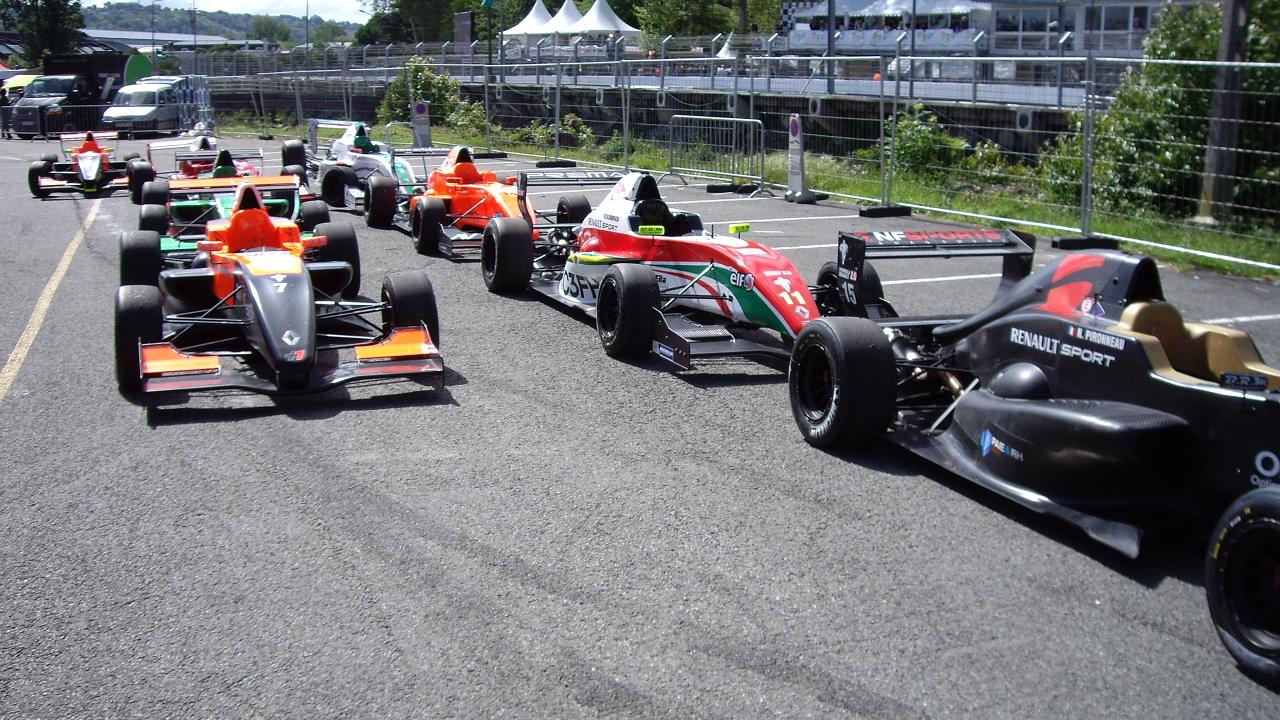
The phrase “parc fermé” is a French term that translates to “closed park” or “closed enclosure” in English. In the context of Formula 1, it refers to a set of regulations that restrict what teams can do to their cars after qualifying and before the race. Once a car enters parc fermé, teams are limited in the changes they can make, ensuring that cars remain in a condition similar to that in which they qualified.
Parc fermé rules are crucial for preserving fairness and integrity throughout a race weekend. By limiting adjustments, these regulations prevent teams from making significant changes that could unfairly enhance performance. It creates a level playing field by ensuring that the cars that start the race are fundamentally the same as those that completed qualifying. This consistency allows for a fair competition where driver skill and team strategy play a more prominent role.
Under parc fermé conditions, teams must adhere to specific rules that limit modifications to components such as the suspension, aerodynamics, and gear ratios. While minor adjustments for safety reasons are permitted, major alterations are prohibited. This ensures that all teams face the same set of challenges and opportunities, fostering a fair and competitive environment.
Historical Context and Evolution
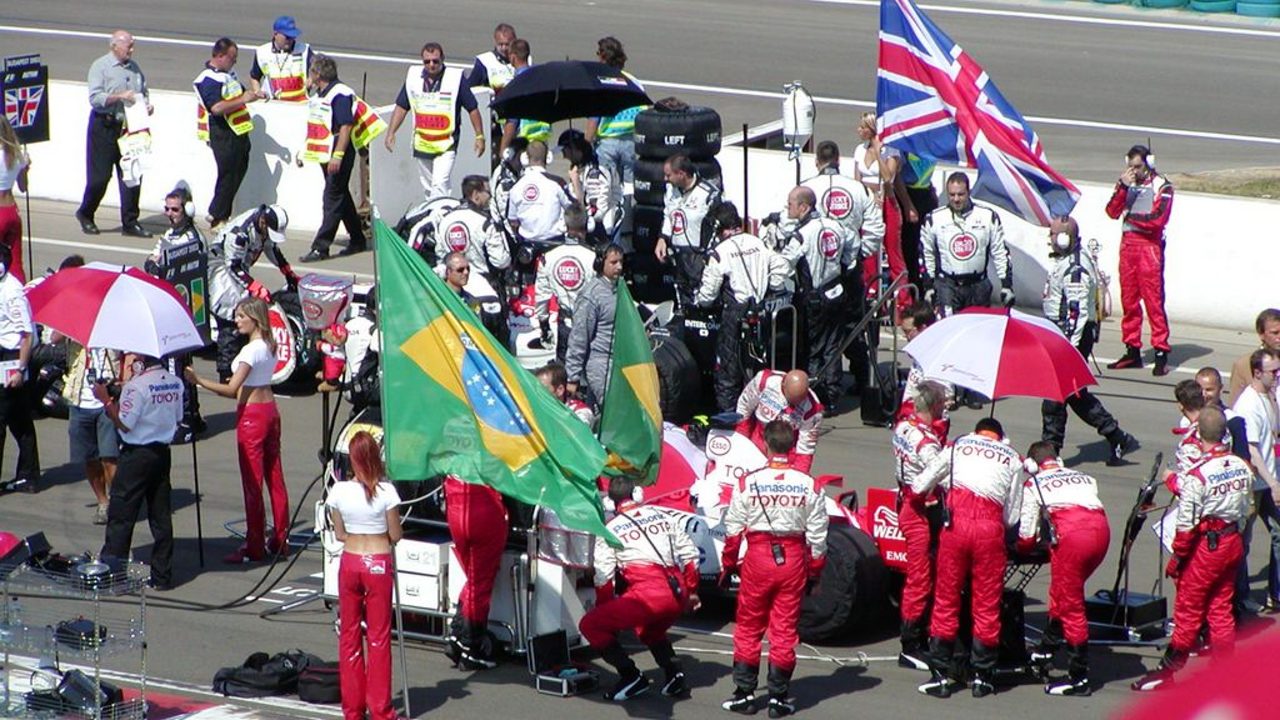
The concept of parc fermé has its roots in the early days of motorsport, where similar rules were enforced to maintain fairness. In Formula 1, parc fermé regulations were formally introduced to ensure that teams could not exploit loopholes to gain undue advantages between qualifying and the race. Over time, these rules have evolved to adapt to the changing dynamics of the sport.
Significant changes to parc fermé rules have occurred over the years, reflecting the sport’s technological advancements and the need for stricter controls. One notable change was the introduction of parc fermé conditions from the end of the final practice session until the start of the race, a move designed to standardize car setups and reduce costs. This evolution highlights the sport’s commitment to balancing innovation with fairness.
Throughout F1 history, there have been incidents where parc fermé regulations played a pivotal role. For instance, during the controversial 2003 Brazilian Grand Prix, several teams faced scrutiny over parc fermé violations, leading to penalties and altered race outcomes. Such incidents underscore the importance of these rules in maintaining the sport’s integrity.
Technical Implications on the Cars
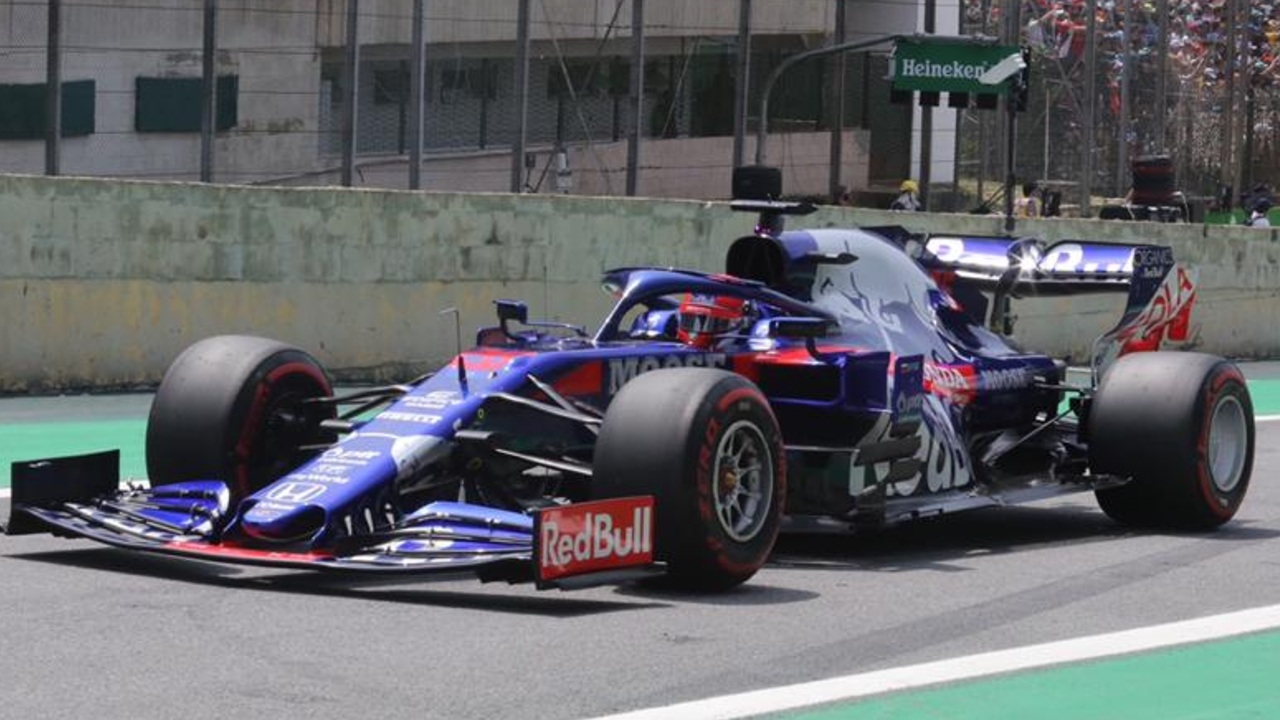
Once cars are under parc fermé conditions, teams face strict restrictions on modifications. This includes bans on changing suspension settings, aerodynamic elements, and power unit components. The limitations ensure that cars remain consistent from qualifying to the race, preventing teams from making significant performance-enhancing changes.
The impact of parc fermé on car setup is profound. Teams must carefully balance their setups during practice sessions to optimize performance for both qualifying and the race. This often involves compromises, as a setup ideal for a single lap in qualifying may not be suitable for a full race distance. The challenge lies in finding the best compromise that maximizes performance across both sessions.
Strategically, teams must consider parc fermé conditions when planning their approach to the race weekend. This involves making strategic decisions about tire selection, fuel loads, and aerodynamic configurations well in advance. Teams that excel in this area can gain a competitive edge, as they are better equipped to handle the constraints of parc fermé while optimizing race performance.
Parc Fermé and Race Weekend Format
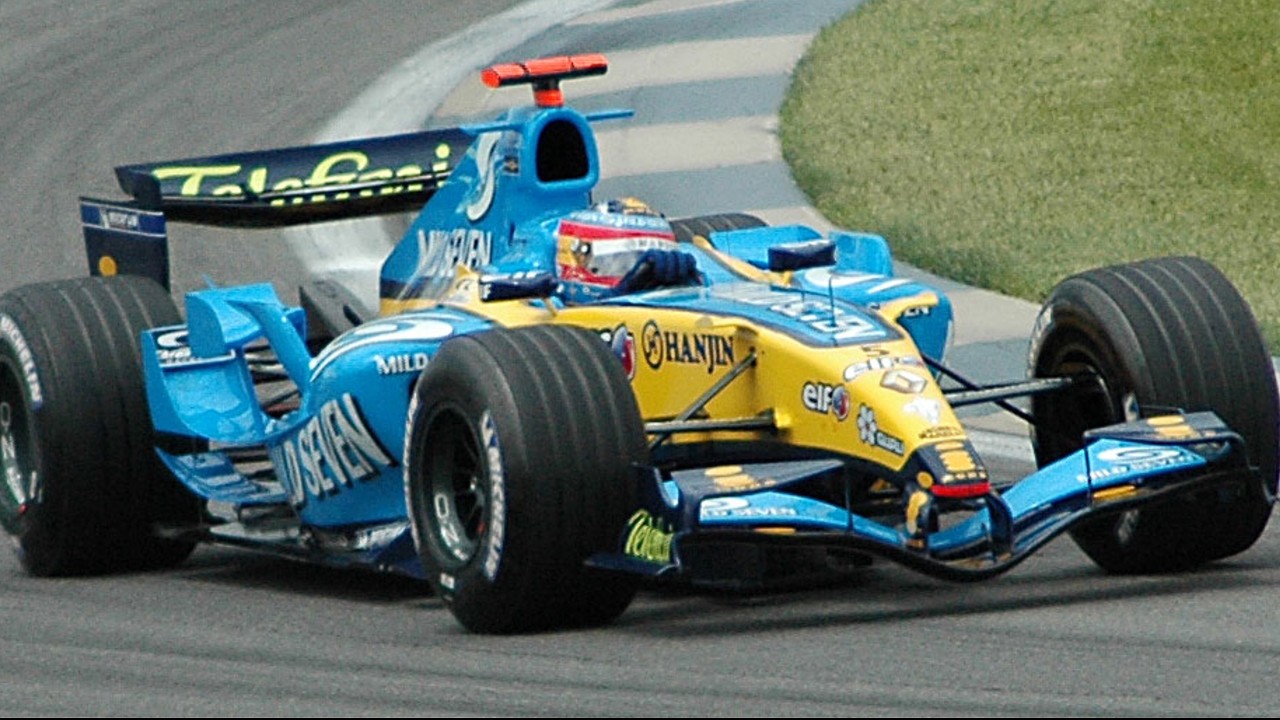
The parc fermé rules are integral to the structure of a Formula 1 race weekend, particularly with the introduction of the sprint format. On sprint weekends, the cars enter parc fermé after qualifying, which takes place on Friday, and remain under those conditions until the end of the race on Sunday. This format tests teams’ ability to adapt, as they have limited opportunities to adjust their cars between the sprint and the main race.
During qualifying sessions, parc fermé significantly influences team strategies. Teams must weigh the benefits of an aggressive qualifying setup against the potential drawbacks for the race. This strategic balancing act can lead to diverse approaches, with some teams prioritizing grid position, while others focus on race pace. Understanding the nuances of parc fermé can therefore be a strategic advantage.
On race day, parc fermé conditions shape the final preparations and decision-making process. Teams must work within the confines of these rules, relying on the data collected during practice sessions to make informed decisions about tire strategy and fuel levels. The constraints of parc fermé add an additional layer of complexity to race day planning, requiring teams to be both strategic and adaptable.
Controversies and Discussions
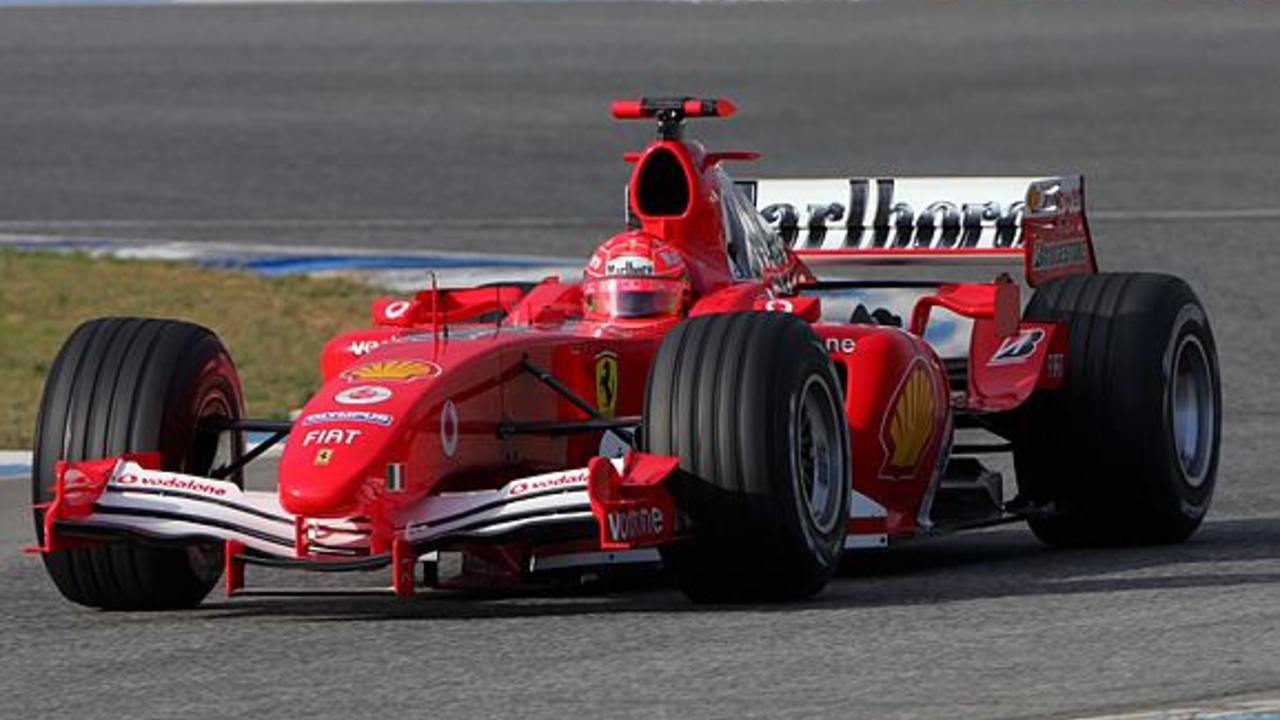
Throughout the history of Formula 1, parc fermé regulations have been at the center of several controversies. One notable dispute occurred in 2005 when teams raised concerns about the fairness of parc fermé rules following the introduction of new tire regulations. The debate highlighted differing opinions on how these rules impacted the competitive balance and led to discussions about potential changes.
Arguments for and against parc fermé regulations continue to persist. Proponents argue that these rules maintain the sport’s integrity by ensuring that cars remain consistent between qualifying and the race. Critics, however, contend that the restrictions limit teams’ ability to innovate and adapt, potentially stifacing creativity. The ongoing debate highlights the complexity of balancing fairness with technological advancement.
Looking to the future, the role of parc fermé in Formula 1 will likely continue to evolve. As the sport embraces new technologies and formats, such as the sprint weekend, discussions about parc fermé’s place in the regulatory framework are inevitable. Potential changes could include adjustments to the scope of restrictions or the introduction of new exceptions to enhance competition.
Conclusion and Impact on Fans
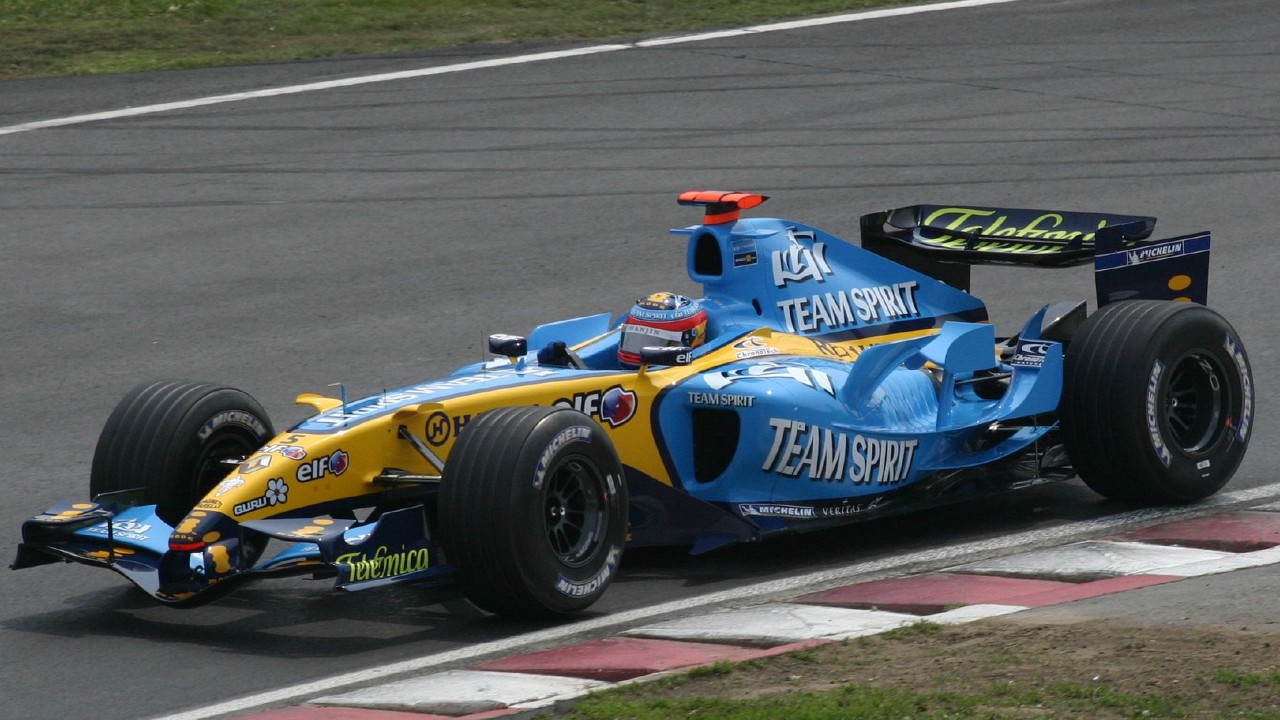
For fans, parc fermé rules add an intriguing layer to the Formula 1 experience. Understanding these regulations enhances the viewing experience by providing insight into the strategic decisions teams must make. Fans who grasp the intricacies of parc fermé can better appreciate the challenges teams face and the skill required to succeed under these constraints.
Parc fermé also offers educational opportunities for fans looking to deepen their knowledge of the sport. By exploring how these rules impact car performance and team strategies, fans can gain a greater appreciation for the technical and strategic elements of Formula 1. This understanding can foster a more engaged and knowledgeable fan base.
Ultimately, parc fermé regulations play a crucial role in maintaining a balanced, competitive environment in Formula 1. By ensuring that cars remain consistent from qualifying to the race, these rules uphold the sport’s integrity and provide a platform for thrilling competition. As the sport continues to evolve, parc fermé will remain a fundamental component of the Formula 1 landscape.
Like Fast Lane Only’s content? Be sure to follow us.
Here’s more from us:
*Created with AI assistance and editor review.

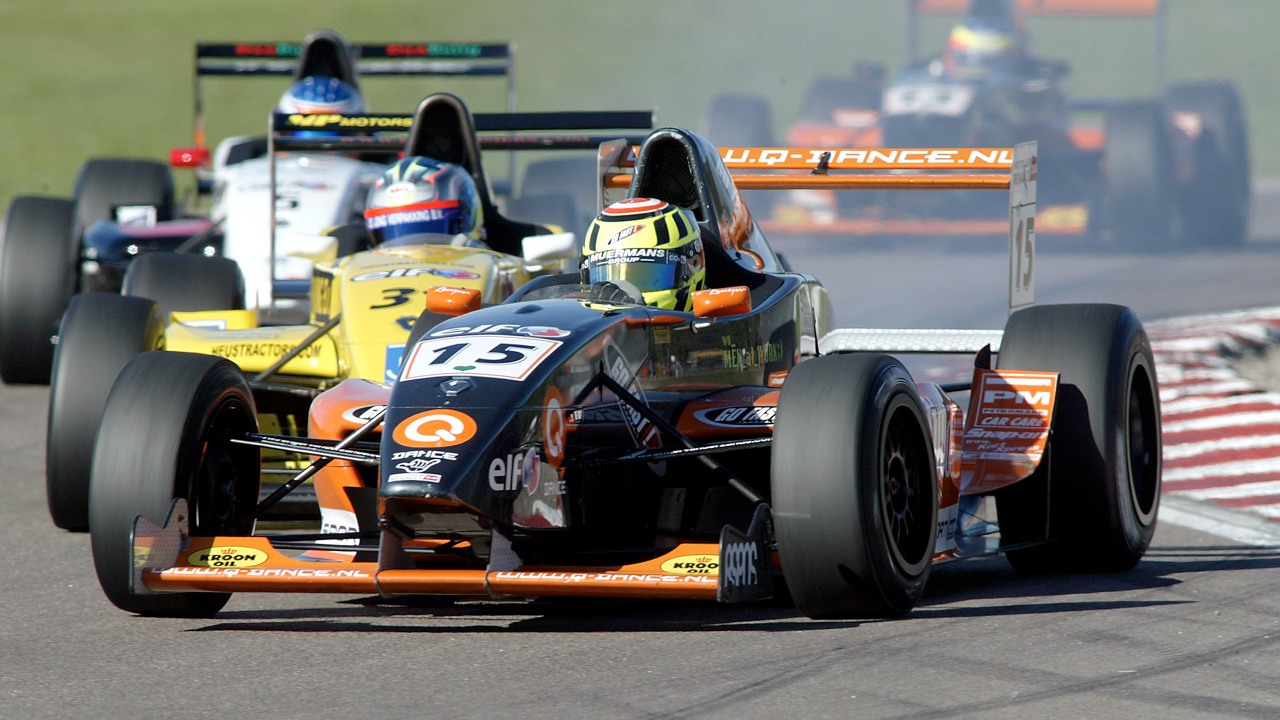
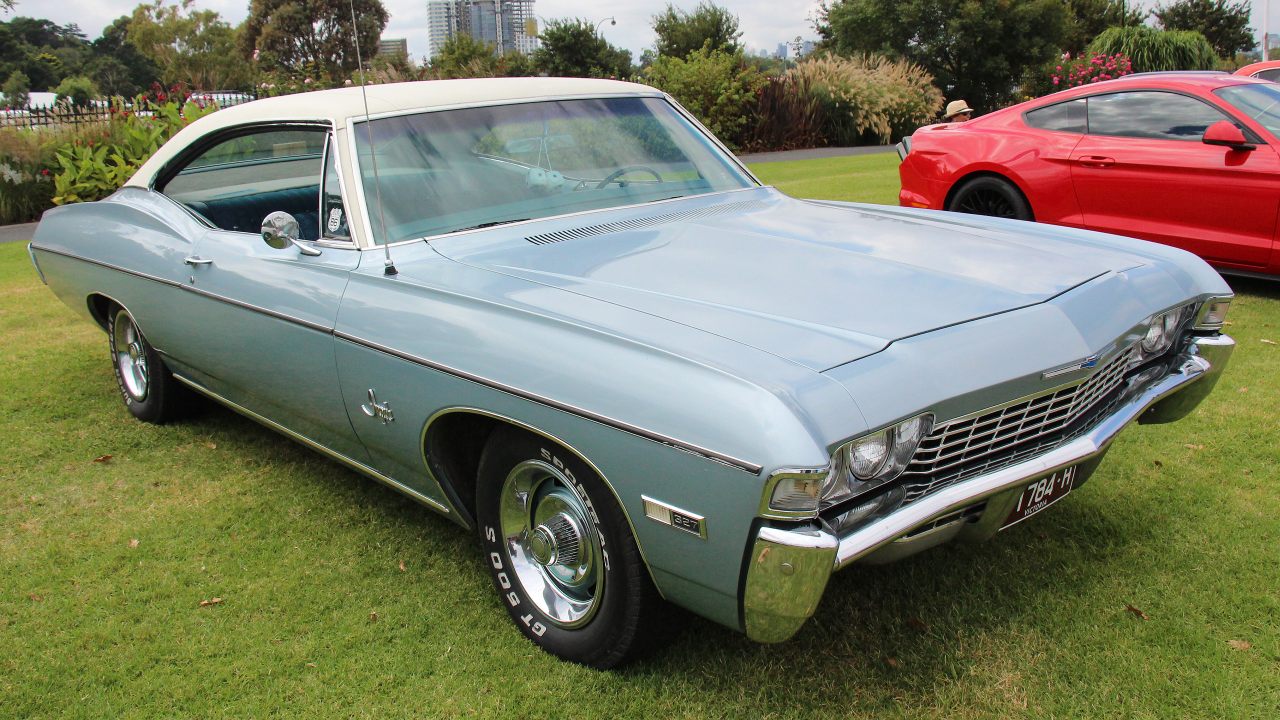

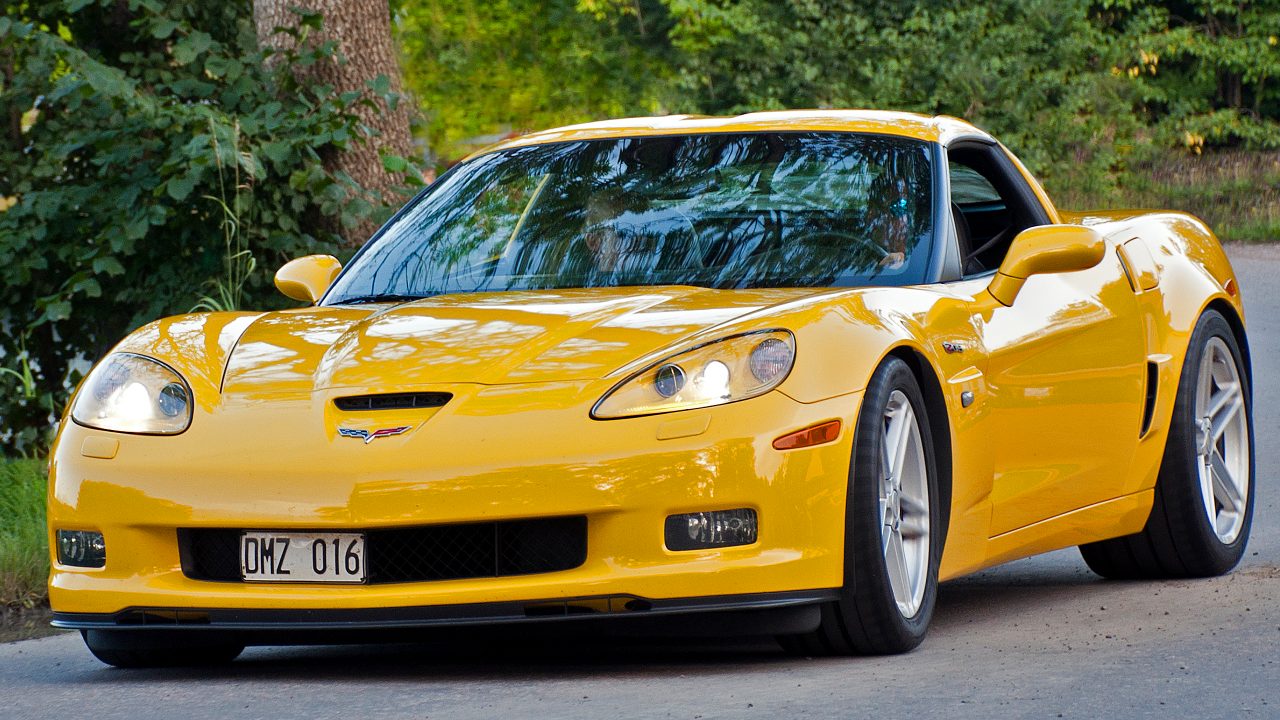


Leave a Reply